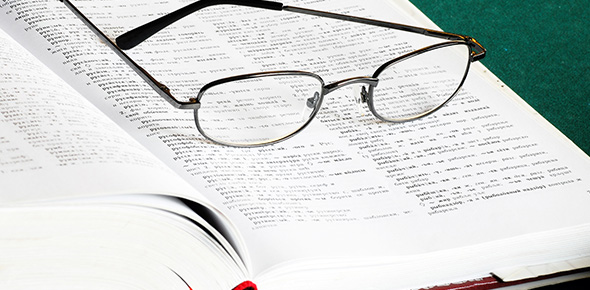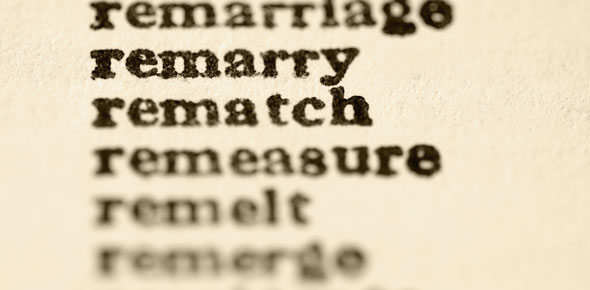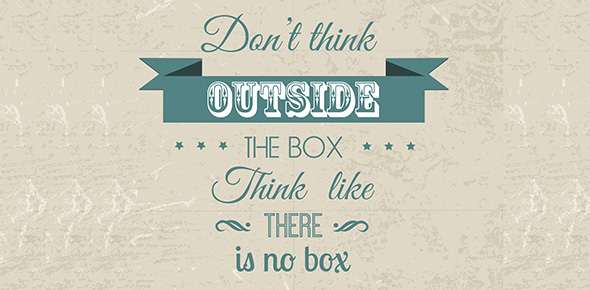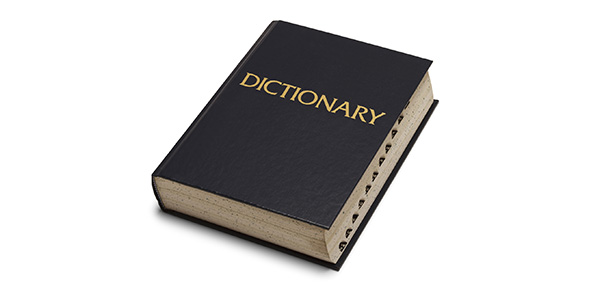Related Flashcards
Related Topics
Cards In This Set
| Front | Back |
|
Articular sturctures vs nonarticular structures
|
1. Articular: Joint capsules and articualr cartilates, synovium and synovial fluid, intra-articular ligaments, and juxta-articular bones.
2. Nonarticular: periarticluar ligaments, tendons, bursae, muscle, facia, bone, nerve, and overlying skin. So... kind of everything else. |
|
Tendons vs Ligaments
|
1. Tendons: connect Muscle to Bone
2. Ligaments: Connect Bone to Bone |
|
Bursae and Bursae Lie
|
1. Bursae: Pouches of synovial fluid that cushion the movement of tendons and muscle over bone and other joints structues.
2. Bursae Lie: Between the skin and the convex surface of a bone or joint such as the prepatellar bursa of hte knee. Also in areas where tendons or muscles rub against bone, ligaments, or other tendons of muscles. -Abduction of the shoulder compresses the sunacromial bursa. |
|
Subcromial Bursitis
|
Bursal surfaces are inflamed, tenderness just below the tip of hte acromion, pain with abduction and rotation, loss of smooth movement.
|
|
Synovial Joints, Cartilaginous joints, and fibrous joints
|
1. Synovial joints: found in the knee and shoulder. Move freely, bones do not touch eachother and are covered by articular cartilage and separated by a synovial cavity. Include spheroidal joints, condylar joints and hinge joints.
2. Cartilaginous Joints: Found in vertebral bodies of the spin and symphysis pubis. Slightly moveable, fibrocartilaginous discs separate the bony surfaces, and center of each disc is the nucleus pulposus which cushions against shock. 3. Fibrous Joint: found in skull structures. Immovable. Intervening layers of fibrous tissue or cartilage hold the bone together. Bones are almost in direct contact. |
|
What are the three shapes of synovial joints?
|
1. Spheroidal joints: Shoulder and hp. Marked by ball-and-socket configuration. Allows a wide range of rotation, flexion, extension, abduction, addution, rotation, and circumduction
2. Hinge Joint: Digits. Flat, planar, or slightly curved. Alow gliding motion. Found on hand, foot, and elbow. 3. Condylar: knee and temporomandibular joint. Articulating surfaces are covex or concave and referred to as condyles |
|
The Tempromandibular Joint
|
1. The most active joint in the body. Opening and closing up to 2000 times a day.
2. Lies midway between the external acoustic meatus and the zygomatic arch 3. It is a condylar synovial joint |
|
What are the principal muscles opening the mouth? What are the principal muscles closing the mouth?
|
The external pterygoids open the mouth and the principle muscles close the mouth.
|
|
What 4 things suspend the humerus?
|
1. Joint Capsule
2. Intra-articular capsular ligaments 3. Glenoid labrum 4. Meshwork of muscles and tendons |
|
What are the 4 joints of the shoulder girdle?
|
1. Scapulothoracic articulation: not a true joint
2. Glenohumeral Joint: A ball and socket joint that allows the arms wide range of motion 3. Sternoclavicular joint: convex medial end of the clavicle articulates with the concave hollow in the upper sternum 4. Acromioclavicular joint: lateral ends of the clavicle articulates with the acromion process of the scapula. |
|
What are the 3 principal muscle groups of the shoulder?
|
1. Scapulohumeral Group: Extends from the scapula to the humerus and includes muscles inserting directly on the humerus. Known as the rotator cuf and includes the supraspinatus, infraspinatus, teres minor, and subscapularis. Rotates the shoulder laterally and depresses and rotates the head of the humerus.
2. Axioscapular Group: Attaches the trunk of the scapula. Rotate the scapula. Inclueds the trapezius, rhomboids, serratus anterior, and levator scapulae. 3. Axiohumeral group: attaches the trunk to the humerus and produces internal rotation of the shoulder. Includes the pectoralis major, pectoralis minor, and latissimus dorsi. |
|
Describe the elbow joint
|
It stabilizes the level action of the forearm and is formed by the humerus, radius, and ulna. Has three jonts: 1. The Humeroulnar joint, 2. Radioulnar joint, 3. Radiohumeral joint. The muscles that transvers are the 1. biceps, 2 bracioradials, 3. triceps, 4. pronator teres, 5. supinator
|
|
Where does the unlar nerve run and where does the median nerve run?
|
1. Ulnar nerve: Runs posteriorly between the medial epicondyle and the olcranon process
2. Median Nerve: on the ventral forearm, just medial to the brochial artery |
|
What 3 things joins the wrist to the radius and ulna?
|
1. Joint Capsule
2. Articular Disc 3. Synovial Membrane |
|
Describe the Carpal Tunnel
|
It is a channel beneath the palmar surface of the wrist and proximal hand. The canal contains the sheath and flexor tendor tendons of the forearm muscles and contains the Median Nerve.
2. It provides sensation to the palm and palmar surface of most of the thumb 3. Half of the fourth digit 4. Innervates he htumb muscles of flexion, abduction, and opposition |







